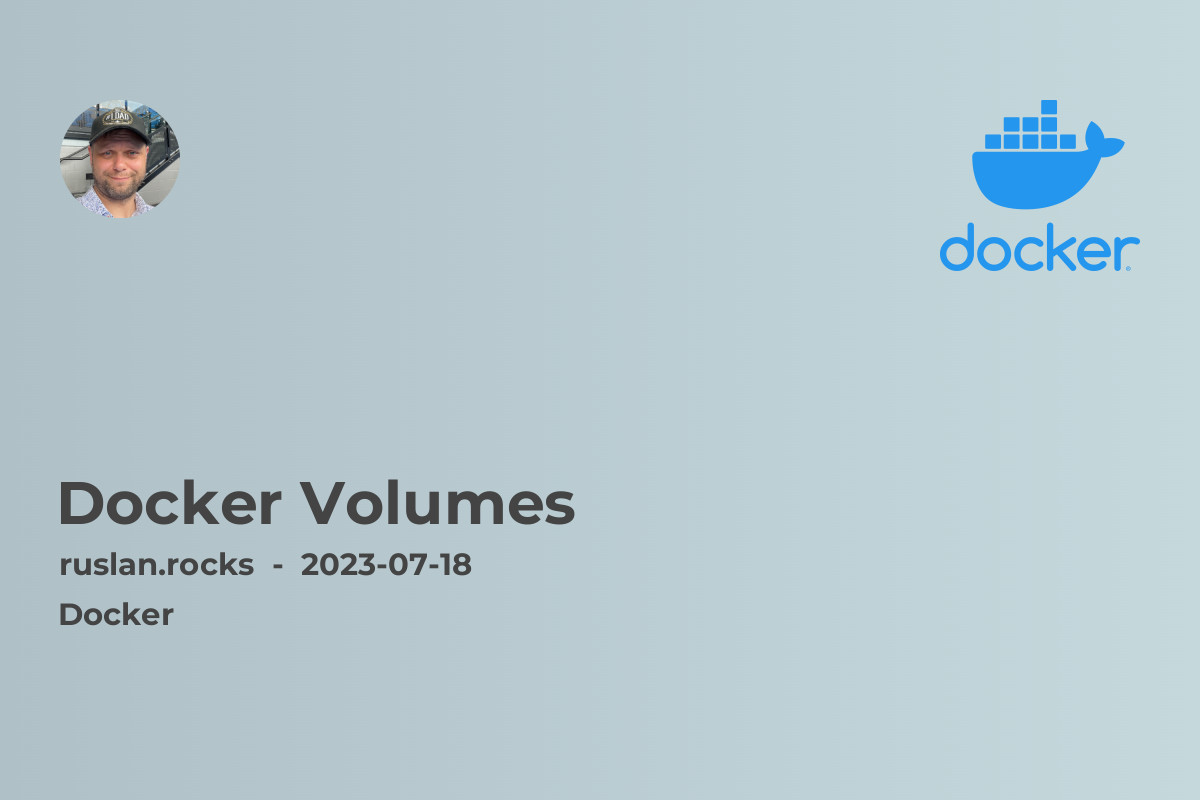Docker Volumes: Managing Data in Containers

Docker has become one of the most popular tools in the world of software development and deployment. It allows developers to package their applications into containers that can run on any operating system. One essential aspect of containerization is managing data within the containers. In this article, we will explore Docker volumes and how they enable us to handle data effectively.
What are Docker Volumes?
Docker volumes are a mechanism for persisting data generated and used by Docker containers. They provide a way to share data between containers, as well as between the container and the host machine. Docker volumes are essentially directories that exist outside the container's file system but can be accessed by the container.
Docker volumes play a crucial role in decoupling data from the container itself. Without volumes, any data generated or modified within a container would be lost as soon as the container is stopped or removed. Volumes ensure that data persists even if the container is terminated.
Why Use Docker Volumes?
Using Docker volumes has several advantages:
-
Data Persistence: Volumes enable data persistence by storing it outside the container. This means that even if the container is removed or replaced, the data remains intact.
-
Sharing Data Between Containers: Volumes can be shared between multiple containers, allowing them to access and modify the same data. This is particularly useful in microservices architectures where multiple containers need to interact with a common set of data.
-
Separation of Concerns: Docker volumes separate data from the application logic, improving modularity and reusability. With volumes, you can easily update or replace containers without affecting the underlying data.
-
Backup and Disaster Recovery: Volumes make it easier to perform backups and restore data in case of a disaster. By mounting volumes from the host machine, you can easily back up the data to a remote location or replicate it to other servers.
-
Performance Improvement: Docker volumes can be managed with specific drivers that optimize data access and improve performance. For example, you can use a volume driver that utilizes network-attached storage (NAS), making it faster to access large datasets.
Creating and Mounting Docker Volumes
To create a Docker volume, you can use the docker volume create command:
docker volume create my_volume
Once the volume is created, you can mount it to a container using the -v flag:
docker run -d --name my_container -v my_volume:/path/in/container my_image
This command mounts the my_volume volume to the specified path within the container. Any data written to that path will be stored in the volume, allowing it to persist even if the container is removed.
Managing Docker Volumes
Docker provides various commands to manage volumes. Here are some commonly used commands:
-
docker volume ls: Lists all the volumes present on the host machine.
-
docker volume inspect [VOLUME_NAME]: Displays detailed information about a specific volume.
-
docker volume rm [VOLUME_NAME]: Removes a volume. Make sure to back up any important data before deleting a volume.
-
docker volume prune: Deletes all unused volumes.
-
docker volume create: Creates a new volume.
-
docker volume rm $(docker volume ls -qf "dangling=true"): Deletes all dangling volumes.
Related Articles
-
What Is Docker Hub: Docker Hub is a centralized registry for container images. Learn how it can enhance your containerization workflow.
-
Introduction To Containerization: Dive into the basics of containerization and understand why it's revolutionizing software development.
-
What Is Docker Compose: Discover the power of Docker Compose and how it simplifies the management of multi-container applications.
-
What Is Docker Swarm: Explore Docker Swarm, a native clustering and orchestration solution for Docker containers.
-
Managing Microservices With Docker Swarm And Kubernetes: Compare Docker Swarm and Kubernetes, and understand how they fit into the microservices landscape.
